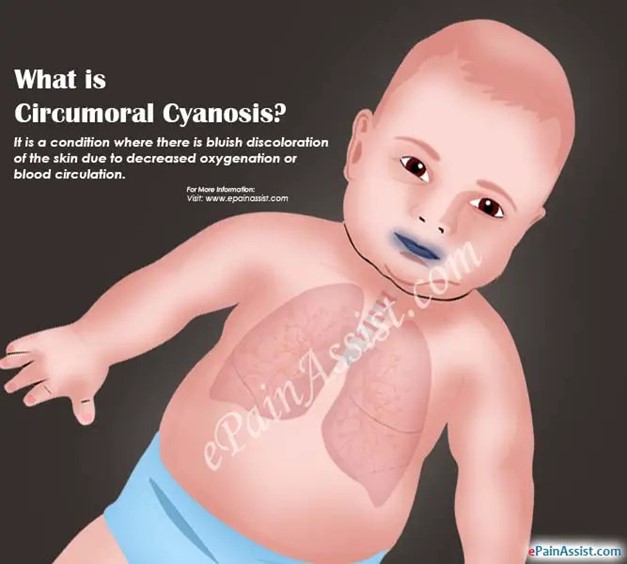The practical nurse (PN) is providing instructions to the unlicensed assistive personnel (UAP) preparing to give a total bed bath to an immobile client who has continuous feeding via a gastrostomy tube (GT). Which instruction is most important for the PN to emphasize?
Report any drainage observed around the GT insertion site.
Use plenty of pillows to position the client on the side after bathing.
Keep the head of the bed raised while the tube feeding is infusing.
Raise the entire bed while bathing the client to reduce back strain.
The Correct Answer is C
A. Reporting drainage around the GT site is important for monitoring for infection, but it is not the most critical safety measure during the bath.
B. Using pillows to position the client can provide comfort and support, but it does not prevent a serious complication.
C. Keeping the head of the bed raised during continuous tube feeding is essential to reduce the risk of aspiration, which is a priority safety concern.
D. Raising the bed can reduce back strain for the UAP, but client safety takes precedence over staff ergonomics in this context.
Nursing Test Bank
Naxlex Comprehensive Predictor Exams
Related Questions
Correct Answer is A
Explanation
A client with continuous urinary bladder irrigation via a 3-way catheter: This task requires specialized knowledge and skill to ensure proper management of the irrigation process, monitoring for complications, and adjusting the irrigation rate as needed. It falls within the scope of practice of the PN, who has the necessary training and expertise.
B. A client with urinary urgency and incontinence who is asking for a bedpan: This task can be safely and appropriately assigned to the UAP. Assisting the client with using a bedpan for voiding is a basic care task that does not require specialized nursing knowledge or skills.
C. A client with a full urinary bedside drainage unit after receiving a diuretic: Emptying a full urinary bedside drainage unit is a task that can be assigned to the UAP. It involves routine emptying and documentation of the drainage bag and does not require specialized nursing knowledge or skills.
D. A client with paraplegia who needs a urinary condom-catheter change: This task requires specialized knowledge and skill to perform a sterile procedure, ensure proper placement and securement of the condom catheter, and assess for any complications. It falls within the scope of practice of the PN, who has the necessary training and expertise.
Correct Answer is C
Explanation
Circumoral cyanosis, which is bluish discoloration around the mouth, can be a sign of inadequate oxygenation. It suggests that there may be an issue with the infant's respiratory or cardiovascular system, potentially indicating respiratory distress or a cardiac problem. Prompt assessment and intervention are necessary to determine the cause of the cyanosis and ensure the infant's well-being.

A. The six-hour-old infant with a large sacral "stork bite" refers to a common birthmark caused by dilated blood vessels. While it may be important to assess the birthmark and document its presence, it is not an urgent concern requiring immediate attention.
B. The two-day-old infant with a negative Ortolani's sign refers to a specific maneuver used to assess for developmental hip dysplasia or dislocation. A negative Ortolani sign indicates that there is no evidence of hip dislocation. While it is important to assess the infant's hips and document the findings, it does not require immediate attention.
D. The one-day-old infant with a positive Babinski's reflex refers to an abnormal response in which the infant's toes fan out and the big toe dorsiflexes when the sole of the foot is stimulated. While a positive Babinski's reflex can be a normal finding in infants under a certain age, it is important to assess the infant's neurological status. However, it does not require immediate attention compared to the infant with circumoral cyanosis, which indicates potential respiratory or cardiovascular distress.
Whether you are a student looking to ace your exams or a practicing nurse seeking to enhance your expertise , our nursing education contents will empower you with the confidence and competence to make a difference in the lives of patients and become a respected leader in the healthcare field.
Visit Naxlex, invest in your future and unlock endless possibilities with our unparalleled nursing education contents today
Report Wrong Answer on the Current Question
Do you disagree with the answer? If yes, what is your expected answer? Explain.
Kindly be descriptive with the issue you are facing.
